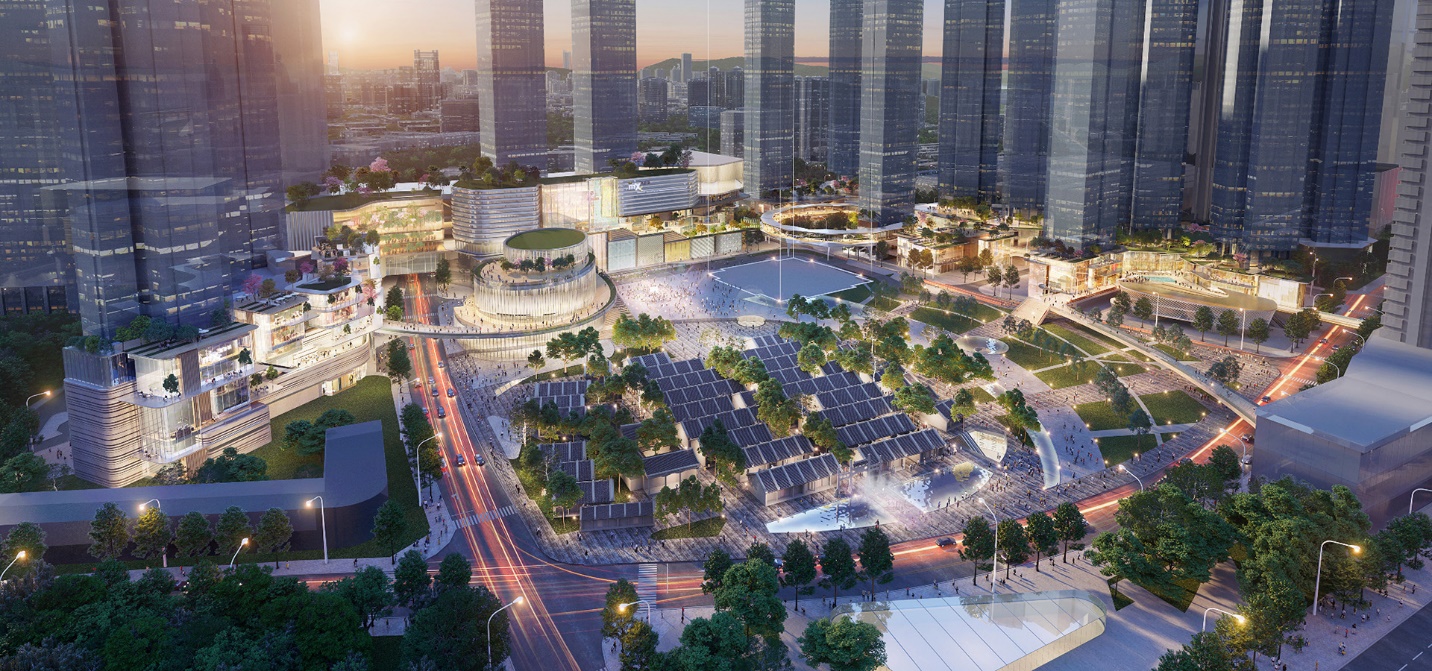What new possibilities have emerged beyond the hospital walls?
When the pandemic accelerated early last year, field hospitals and temporary care sites provided immediate solutions. Healthcare providers flexed their campus facilities to absorb the influx of critically ill patients. A flexible site creates opportunities for fresh air and access to nature.
Handling the Surge on Site
The initial pandemic event required flex-space to meet the surge of patients, a need solved with increased use of relatively safe outdoor space. Staff shortages and related stress became real concerns nationwide as traveling nurses descended on national hotspots to help. Health campuses played host to outdoor, temporary facilities for triage, testing and clinical care. What else can move beyond the hospital walls?

While viral infection rates surged and declined over extended periods, outside environments proved to be the safest places because:
1. They facilitate social distancing
2. Open air dilutes airborne viruses
3. Ultraviolet light degrades viruses
4. Access to nature provides staff and visitors a place to exercise and de-stress
Move indoor programs outside where possible.
This practice was also used during the 1918 flu pandemic. Flexible outdoor spaces can accommodate a variety of health-related functions by moving select inside programs and amenities outside. Post-pandemic, these outdoor spaces can provide community and public health benefits by hosting farmers markets, yoga classes, health fairs, fun runs, and walking circuits with access to nature.
Caring for the Caregivers
How can we utilize flexible outdoor space to support our frontline workers?
Considerable staff stress and fatigue have been concerns across the globe. Some staff don’t want to or can’t reasonably go home to their families knowing they’ve been in close contact with an infectious disease. Some may be in a bubble or in quarantine.
Consider opportunities to humanize these temporary conditions with outdoor space-to-pace, access to nature’s fresh air, staff gardens near the workplace, temporary shower facilities and housing within a socially distanced community — or on-site village.
During normal times in public health, these villages can be used for conferencing facilities, independent offices, and even as homeless shelters, among other opportunities to connect with the surrounding community.

